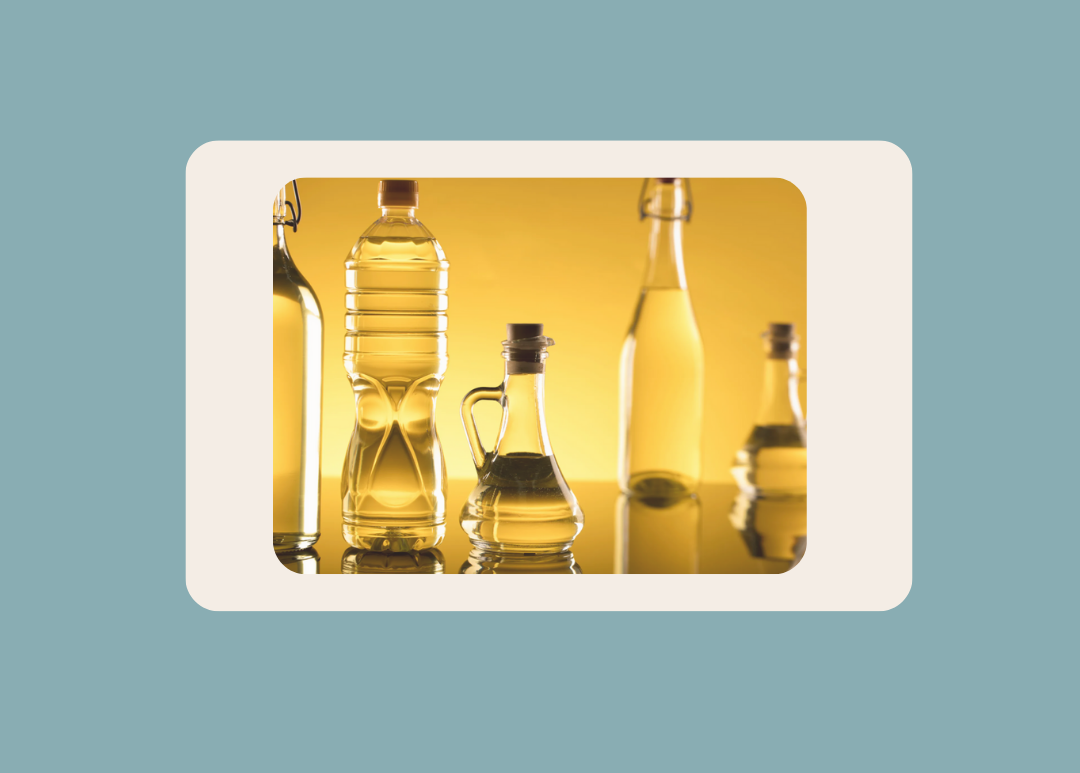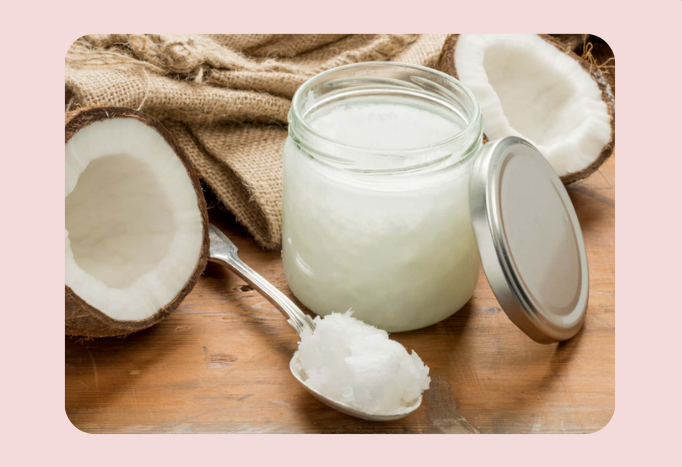The Seed Oil Situation: What You Need to Know About Linoleic Acid, Inflammation + Hidden Toxins
It’s one of the most heated debates in the wellness world today: What’s the real deal with seed oils?
Are they toxic, overhyped, or a true modern health villain? The answer isn’t always black and white, but it’s important.
And the deeper you look, the more you start to see why this topic matters — not just for your cells and mitochondria, but for your nervous system, your energy, and your long-term vitality.
What Are Seed Oils, Anyway?
Seed oils (also called vegetable oils) include common oils like:
- Soybean oil
- Corn oil
- Canola oil
- Cottonseed oil
- Safflower and sunflower oils
- Grape seed and rice bran oil
They’re found in everything — from salad dressings to chips, prepackaged meals to most restaurant and fast-food items. They're cheap to produce, easy to store, and for decades were even marketed as “heart healthy.”
The Problem with Linoleic Acid (LA)
Most seed oils are extremely high in a compound called linoleic acid, an omega-6 fatty acid that’s technically essential — but only in small amounts.
When overconsumed, linoleic acid becomes a major driver of oxidative stress, mitochondrial dysfunction, and systemic inflammation.
According to physicians like Dr. Chris Knobbe, author of “The Ancestral Diet Revolution” and Dr. Paul Saladino, seed oils are the primary drivers of chronic disease and obesity.
Dr. Joseph Mercola also sounds the alarm on these pro-inflammatory oils, threading the needle between excessive linoleic acid consumption and a wide range of modern diseases — from diabetes to neurodegeneration and autoimmune issues.
Here’s a snapshot from Mercola’s Linoleic Acid Series:
Cooking Oil % Linoleic Acid Range in Parentheses
- Safflower and Grapeseed 70%
- Corn 54%
- Cottonseed and Soybean 51%
- Peanut 32%
- Canola 19%
- Olive (3% - 27%)
- Avocado 10%
- Lard and Palm 10%
- Coconut 2%
- Grass Fed Tallow / Butter 1%
So if you're cooking with seed oils, eating out at most restaurants, or grabbing processed snacks from the store... you're likely consuming a lot more linoleic acid than your body was ever designed to handle.
Why It Matters: Your Mitochondria and Nervous System
Excessive seed oil consumption doesn’t just add a little inflammation to your day — it fundamentally impacts the engines of your cells.
Your mitochondria, the tiny power plants that produce ATP (your energy currency), are incredibly sensitive to oxidative stress. And linoleic acid, when oxidized, creates a cascade of cellular damage that interferes with energy production and cellular signaling.
This isn’t just a metabolic issue — it’s a nervous system issue.
When mitochondrial health suffers, your body’s ability to regulate stress, heal, and create coherence begins to decline. You might feel this as:
- Brain fog
- Mood swings
- Poor recovery
- Increased inflammation
- Low energy despite sleeping 8 hours
And the worst part? You may not even know seed oils are playing a role.
A Note About Fast Food: “Fake Clean” Options
There’s a new trend happening. You’ll see restaurants and chains saying things like: “Now cooking in 100% beef tallow!” Sounds great, right?
But many of these places (like Steak ’n Shake and other fast food joints) still pre-soak or par-cook their fries and food in seed oils before it ever touches the tallow.
It’s a clever workaround that gives the illusion of clean eating… without actually delivering.
Which brings us to one of the most important takeaways in this whole conversation: You Can’t Avoid Seed Oils 100% — But You Can Reduce Your Toxic Load
Here’s the truth: unless you cook every single meal at home and grill your server every time you eat out, you’re going to encounter seed oils.
That’s okay. The goal isn’t perfection — it’s progress and awareness.
Think of it like a toxic burden on your system. The less you carry, the more energy you have to heal, thrive, and stay resilient.
Easy Tips to Cut Seed Oils Without Overwhelm
- Prioritize Fats That Nourish Your Cells: Coconut oil, grass-fed butter, ghee or tallow. When possible, choose organic Avocado oil (cold-pressed, unrefined) or Olive oil (check source — fraud is common).
- Learn the “Dirty Dozen” of Oils to Avoid: Anything labeled as "vegetable oil" is suspect. Skip soybean, corn, canola, cottonseed, grapeseed, and safflower oils.
- Use the App Seed Oil Scout: This free app helps you find restaurants that cook without seed oils. Filter by city (yes, even Chattanooga!) and see crowd-sourced reviews and seed-oil-free options.
- Support Local Spots That Are Doing It Right: Southern Squeeze is one of our Chattanooga go-to’s — 100% organic, no seed oils, intentional ingredients. Many farm-to-table places (like Main Street Meats, Alleia, or Lupi’s) are more transparent and cook with quality fats — just ask!
- Bring Your Own: Carry your own dressing (avocado oil-based or olive oil-based) when eating out. Cook in bulk at home with clean oils and bring leftovers for work and travel.
Why It Matters More Than Ever
If you’ve been following us at REV Optimal Living for any length of time, you know we’re all about helping people create lasting transformation by regulating their nervous system and building long-term health resilience.
Seed oils quietly disrupt that process. They can block the body’s natural healing potential by promoting inflammation, cellular confusion, and nervous system disarray.
But when we reduce our exposure and reclaim ownership over what goes in our body?
- Our mitochondria begin to thrive
- Our nervous system becomes more adaptive
- Our body’s ability to heal from stress and trauma increases
- And our overall energy improves — not in a jittery way, but in a deep, sustainable way
Key Takeaways
This isn’t about demonizing food. It’s about liberating your cells and creating an internal environment that supports your healing — not hinders it. Even small changes make a huge difference over time.
Swap the oil. Ask the question. Read the label. It’s not about obsession. It’s about awareness.
And remember: Your body knows how to heal. You just have to give it the right environment to do so– one cell, one meal, one conscious choice at a time.
Dive Deeper:
Want to explore more topics on subconscious healing and holistic health? Check out our video resources and join our REV community online for more tools and practices that elevate your health and enhance your nervous system integration.
Phone: (423) 713 - 7390 / Schedule Online: click here
Disclaimer: This blog is meant for informational & entertainment purposes only, and should not be taken as medical advice. Please consult your healthcare practitioner before making any changes or if you have any questions regarding information provided.











